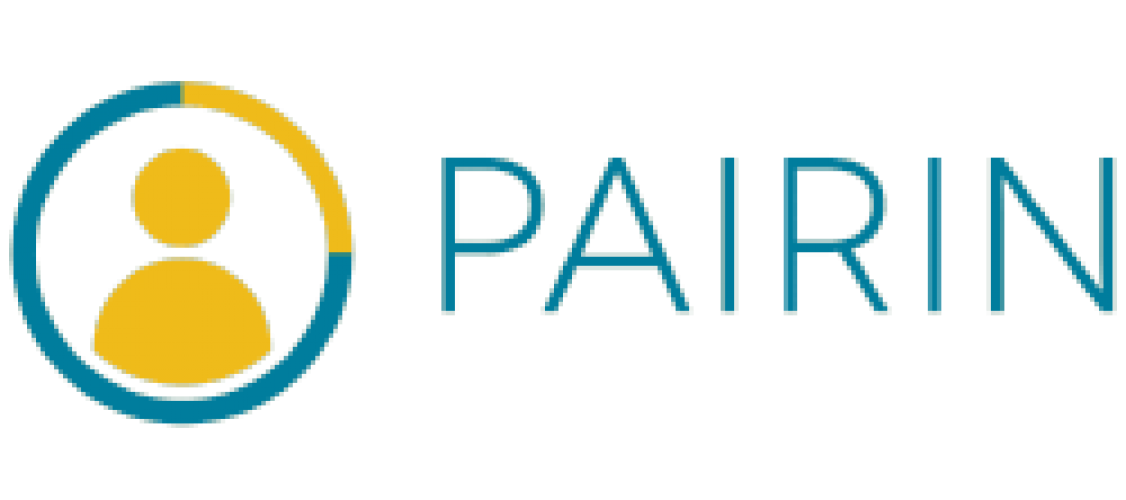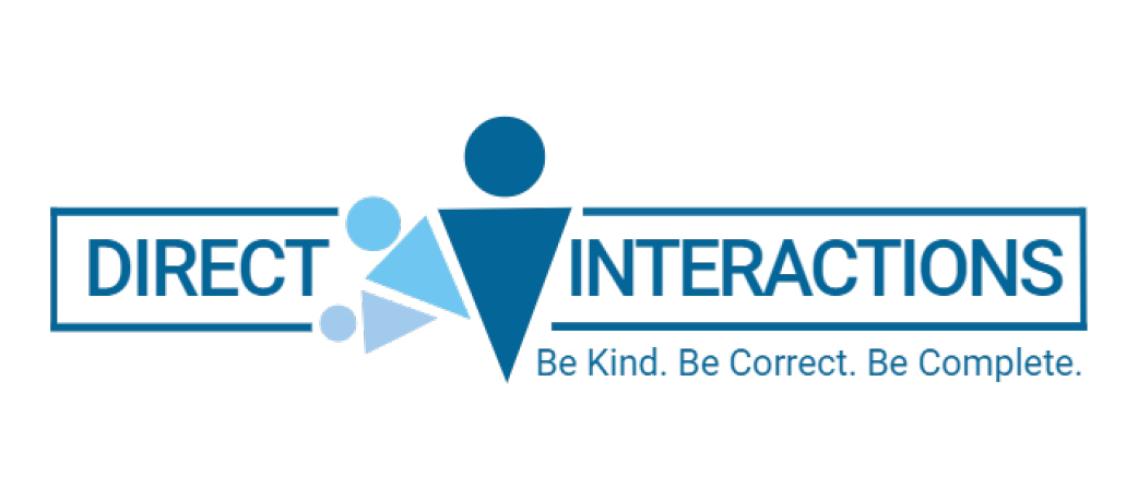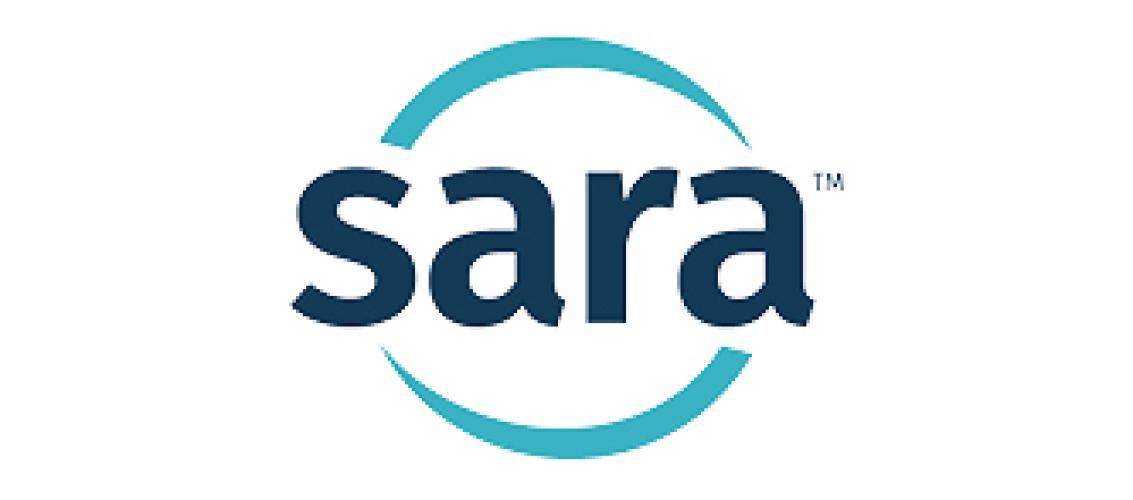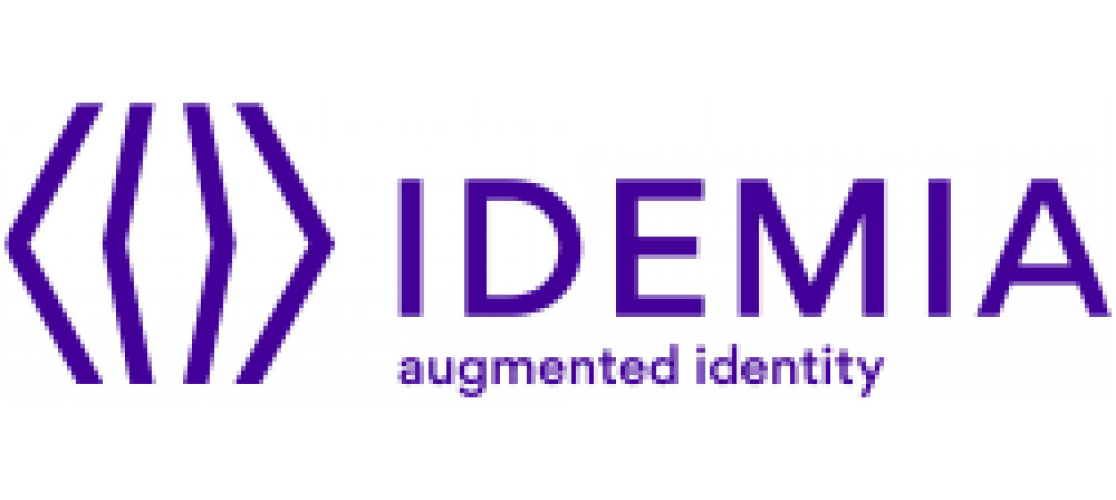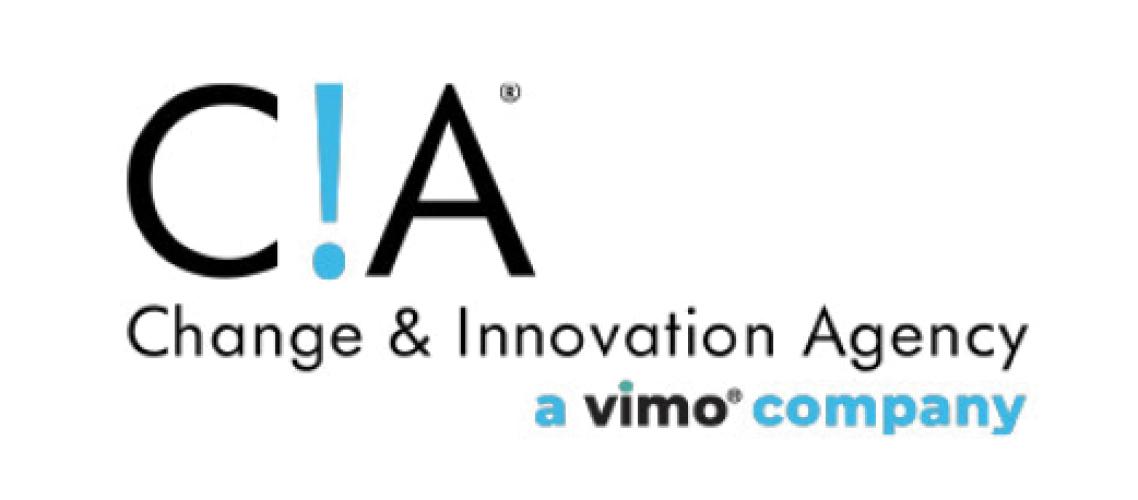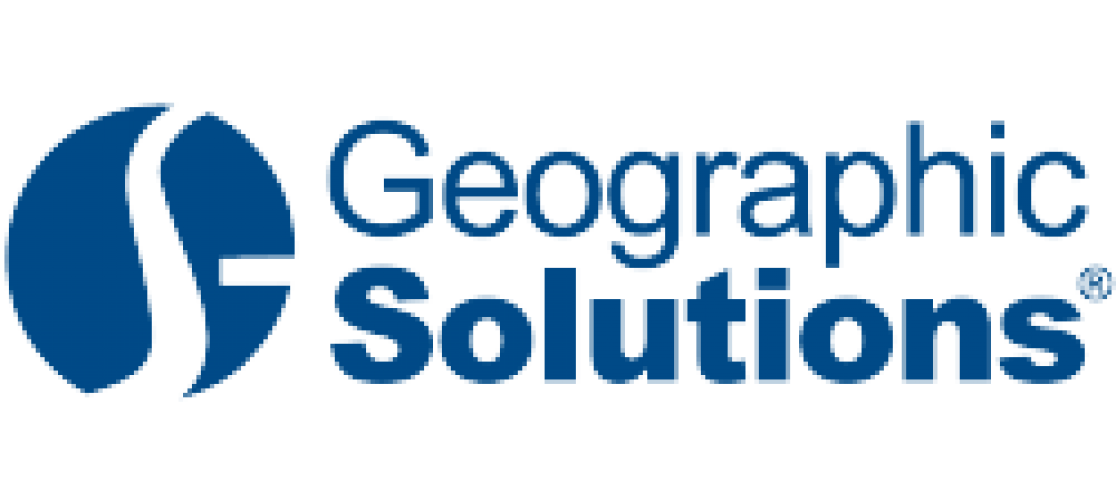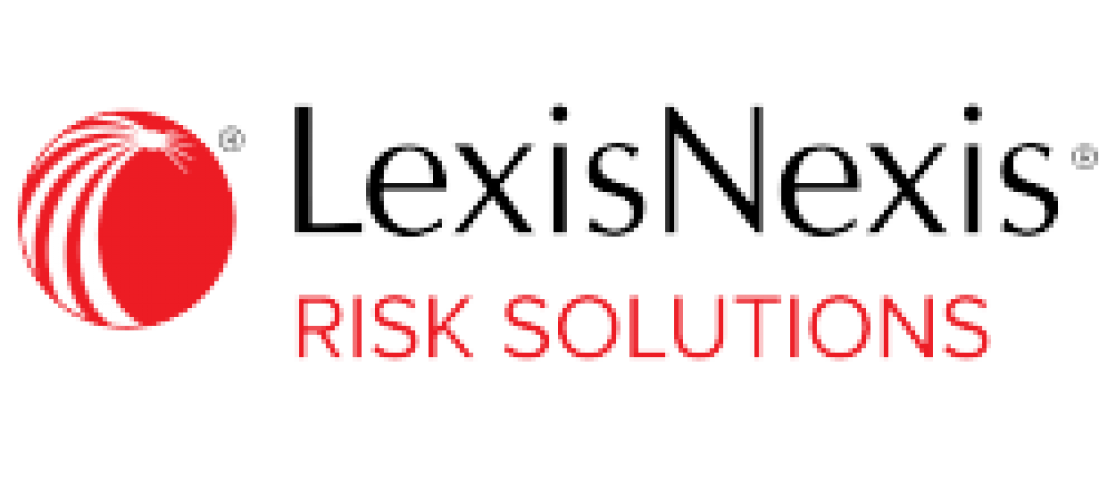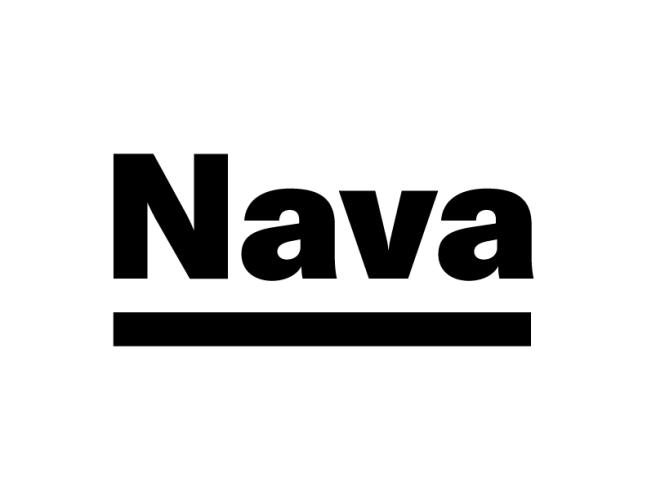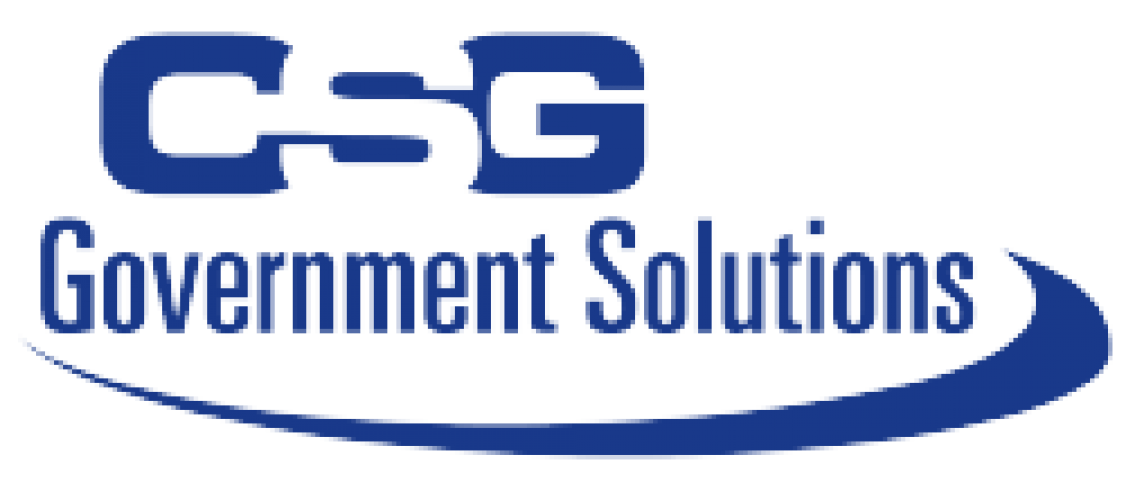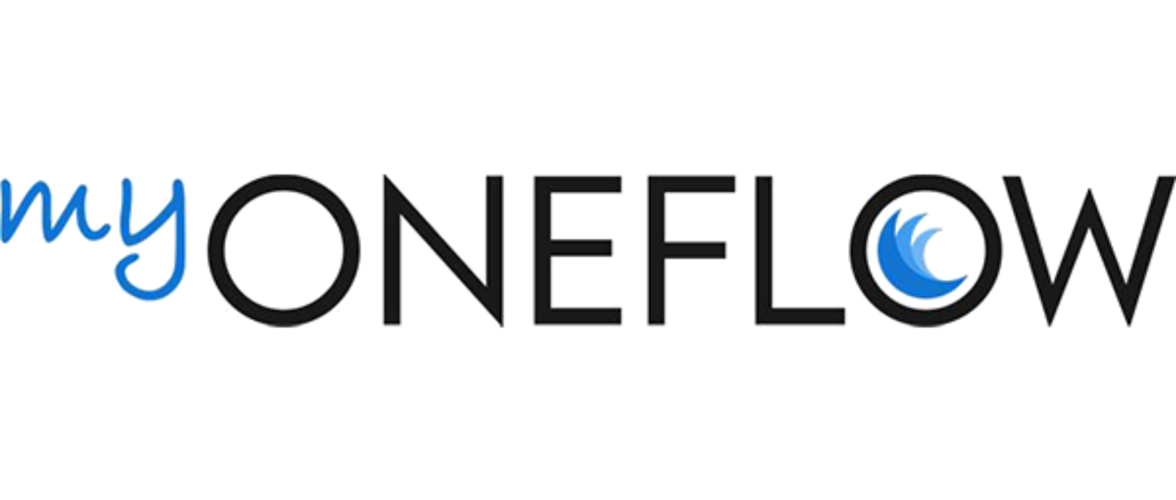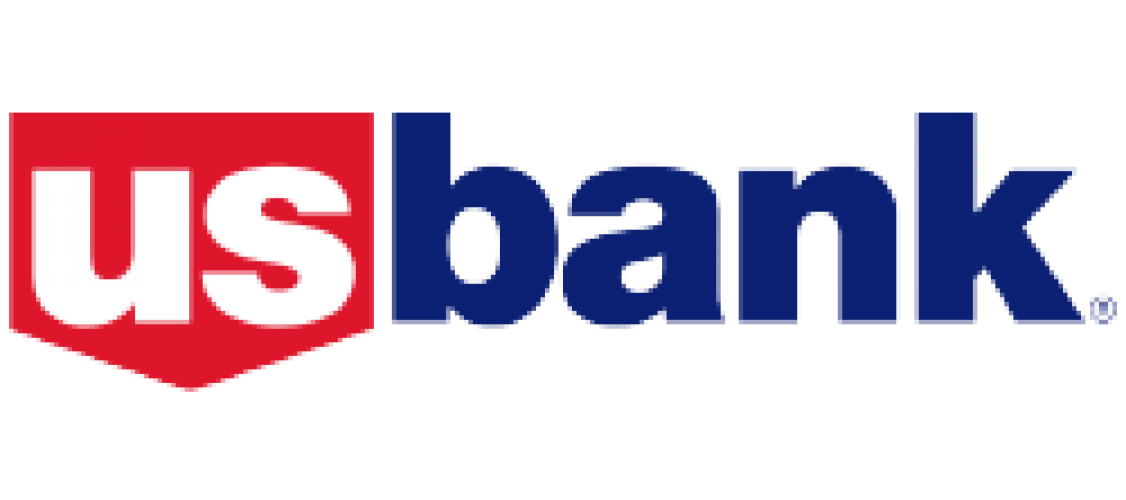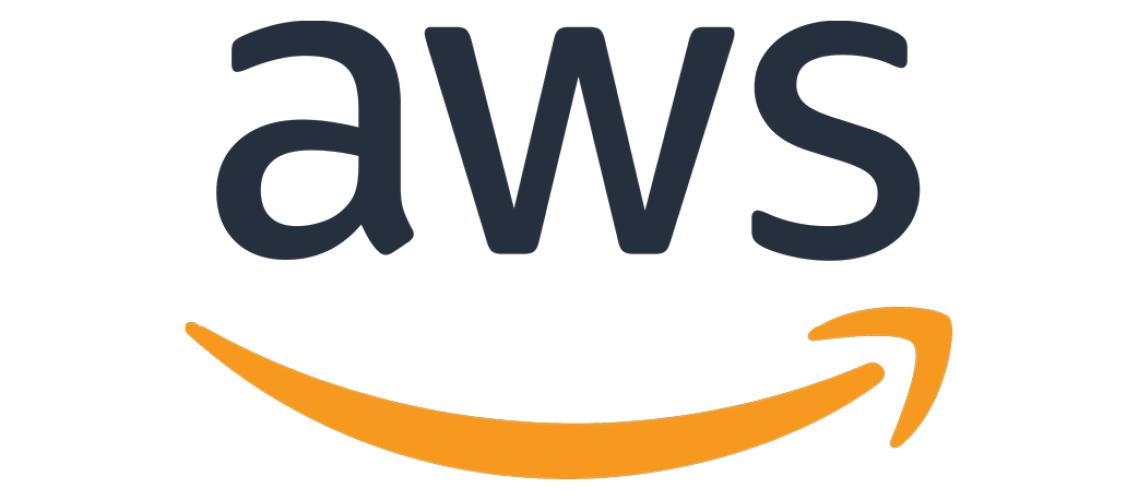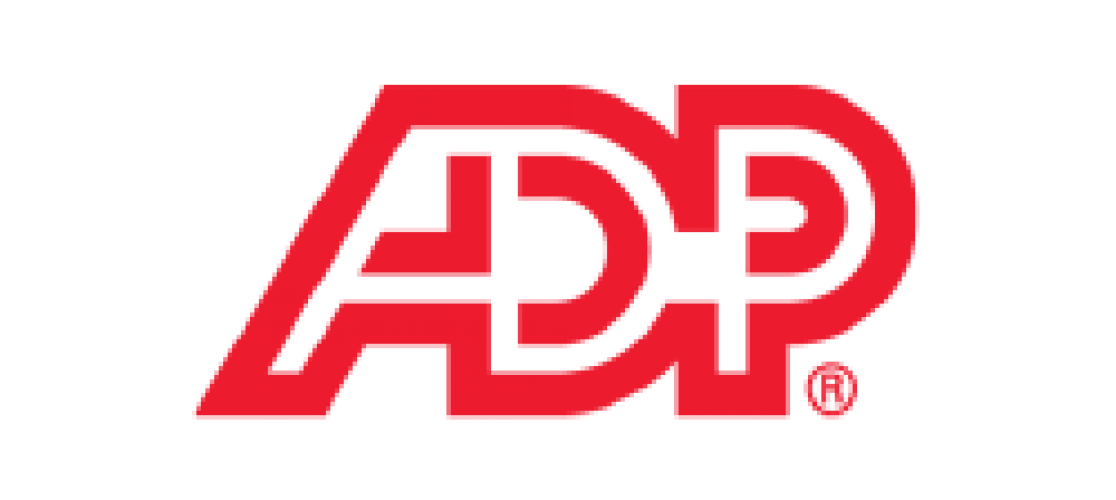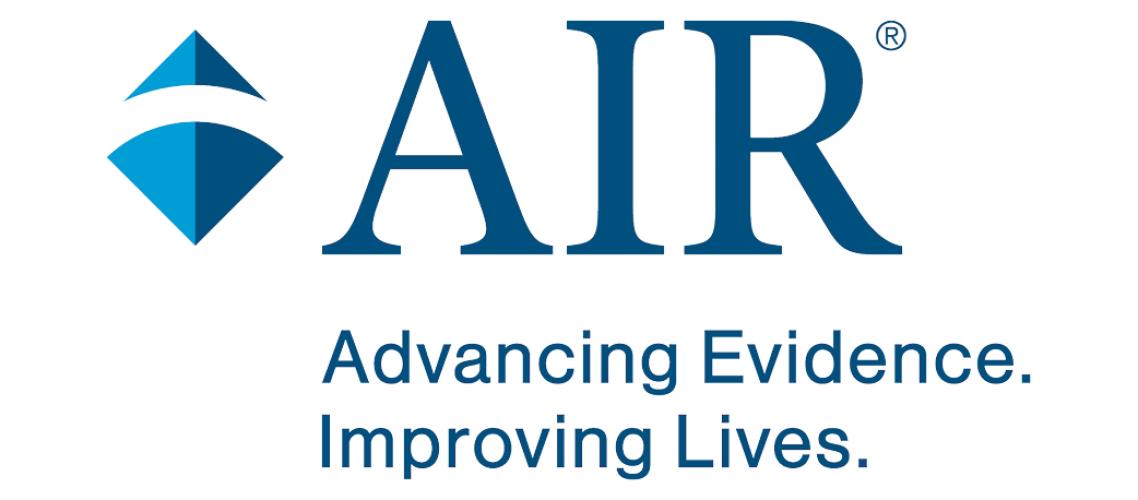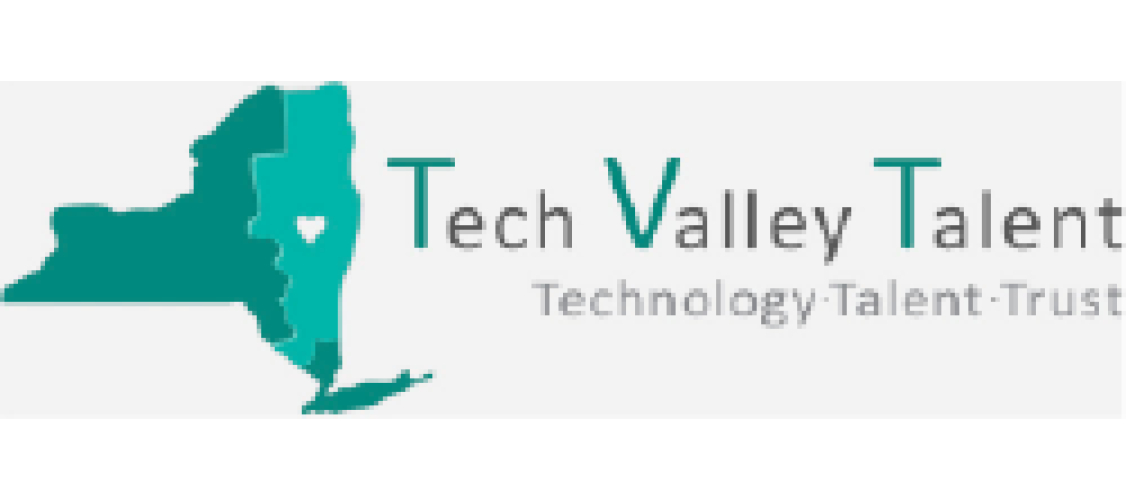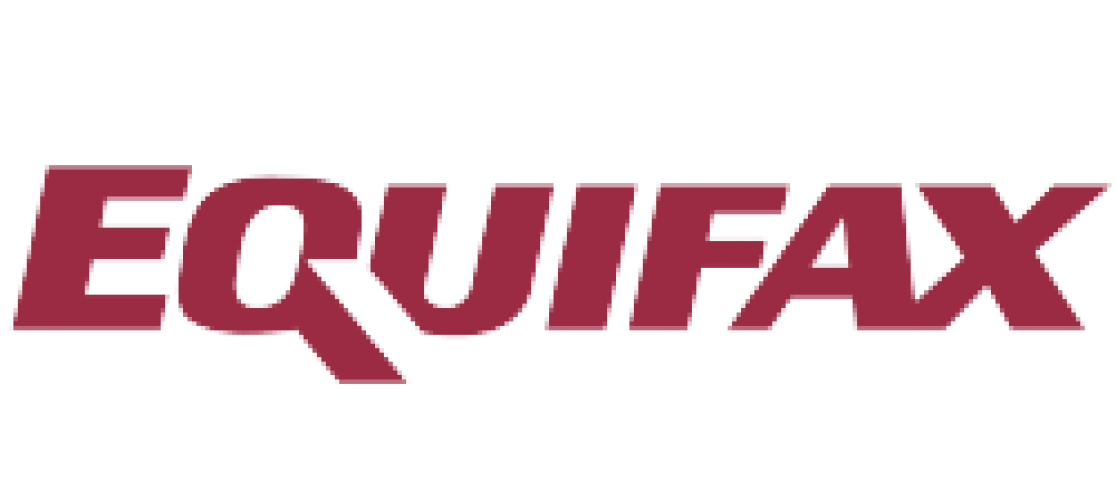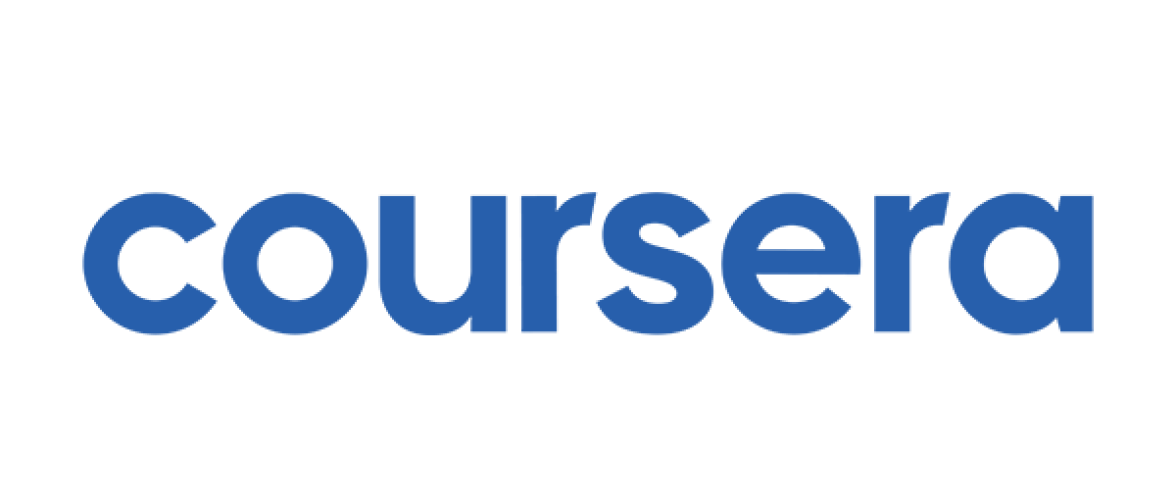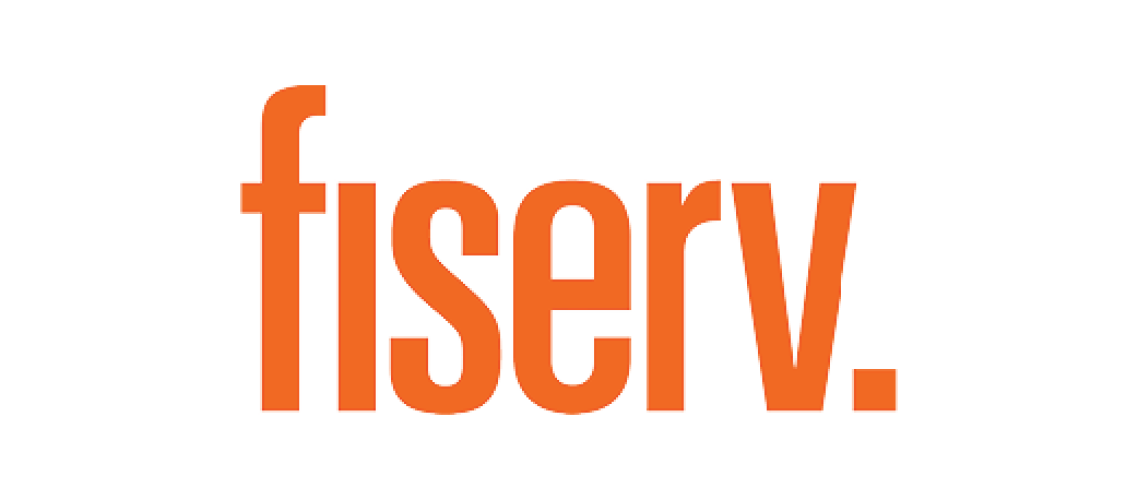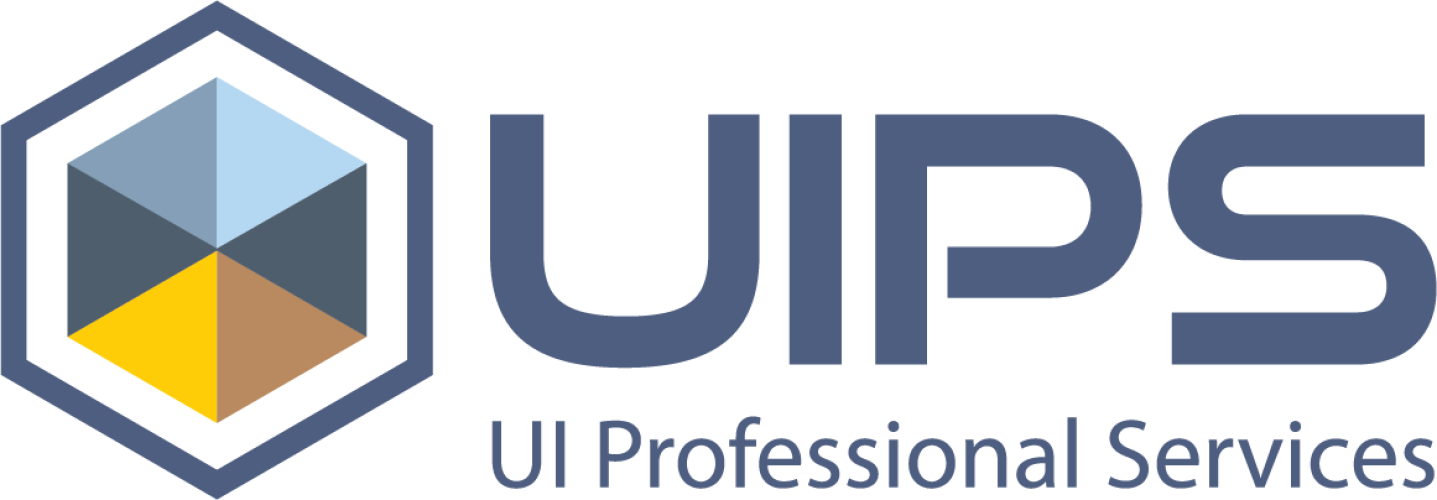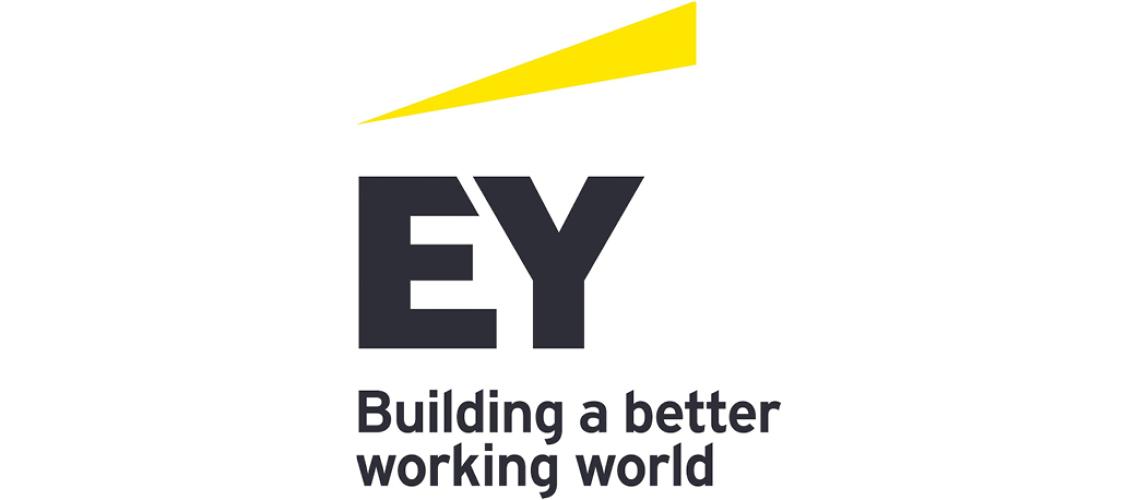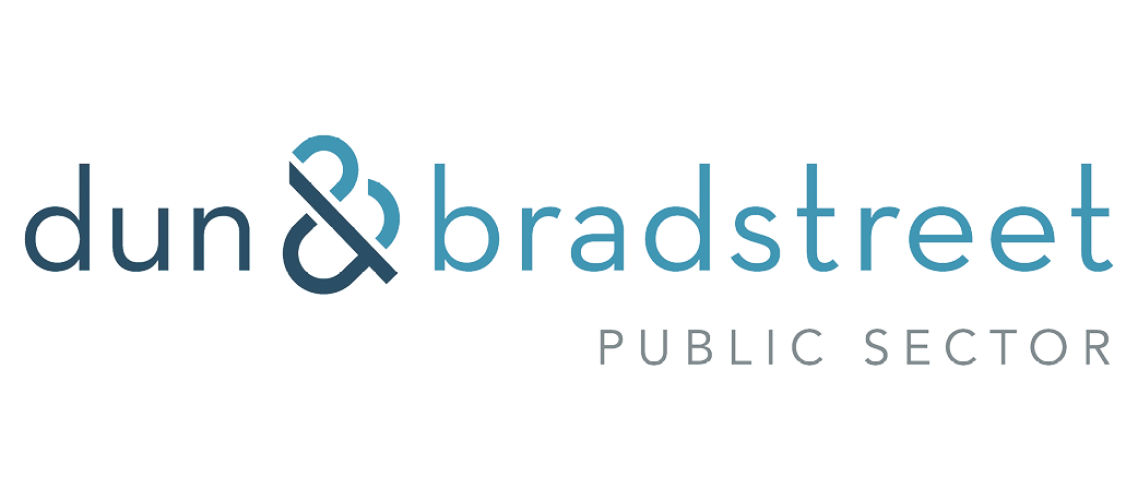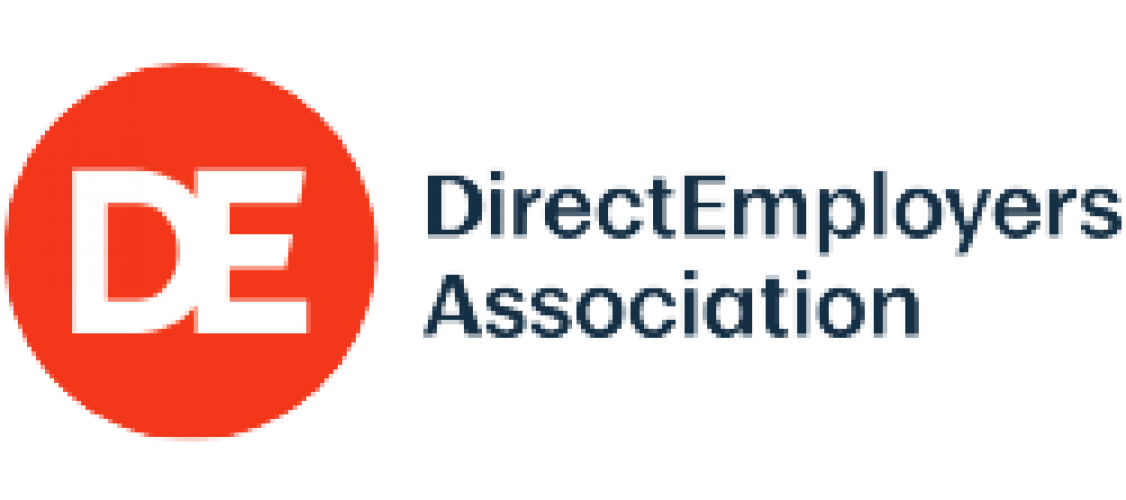Open UI Initiative Resources
Glossary
Abstraction - The process of generalizing concrete details. The extraction of relevant information from a larger data set allowing for simplification of the codebase.
Application (API) - Programming Interface An API (Application Programming Interface) is a set of rules and protocols that allows different software applications to communicate and interact with each other. It defines how requests and responses should be structured, enabling systems to exchange data and functionality seamlessly.
Architecture - Architecture in technology refers to the overall structure and design of a system, including its components, their relationships, and how they interact. It provides a blueprint for building and organizing complex systems to ensure they meet specific requirements and function efficiently.
Artificial Intelligence (AI) - Artificial Intelligence (AI) is the simulation of human intelligence by machines, enabling them to perform tasks like learning, reasoning, problem-solving, and decision-making. There are several types of AI applications including: Generative AI is a type of artificial intelligence that creates new content, such as text, images, music, or code, by learning patterns from existing data. It can produce original outputs that were not part of the training data. Examples include GPT (for text generation), DALL-E (for image creation), and music-generating AIs. Analytical AI: Focuses on analyzing data and making decisions based on patterns and logic (e.g., fraud detection, predictive analytics). Reactive AI: Responds to specific inputs with pre-programmed responses, without memory or learning capability (e.g., basic chatbots, game-playing AI like Deep Blue). Limited Memory AI: Uses past experiences to inform current decisions (e.g., self-driving cars). Key Difference: Generative AI creates new, original content, while other types of AI typically analyze data, recognize patterns, or make decisions based on predefined rules or historical information.
Business Process Reengineering (BPR) - BPR is a strategic approach to improving an organization's efficiency and effectiveness by fundamentally rethinking and redesigning its core business processes. The goal of BPR is to achieve dramatic improvements in critical performance metrics such as cost, quality, service, and speed by eliminating redundancies and streamlining workflows.
Center for Internet Security (CIS) - CIS is a non-profit organization that provides cybersecurity best practices, tools and resources for various industries and sectors. https://www.cisecurity.org.
Content Management System (CMS) - A content management system (CMS) is computer software used to manage the creation and modification of digital content management.
Control Objectives for Information and Related Technologies (COBIT) - A framework which is business focused and defines a set of generic processes for the management of IT, with each process defined together with process inputs and outputs, key process-activities, process objectives, performance measures and an elementary maturity model.
Codebase Stewardship - Collective responsibility of a development team to maintain and support the longevity of the codebase.
Community of Practice (CoP) - Grouping of individuals who share a common goal, interest or set of issues.
Consumer Advocate Group (CAG) - A consumer advocacy group is an entity that represents and protects the interest of a consumer.
Configurability - Configurability refers to the ability of a system or software to be customized or adjusted by users or administrators without needing to modify the underlying code. It allows for flexibility in how the system operates, enabling it to meet specific requirements or preferences through settings, parameters, or options that can be easily changed.
Cottage Industry - An industry with a small labor force.
Customer Relationship Manager (CRM) - A Customer Relationship Manager (CRM) is a pivotal role within any customer-centric organization, serving as the bridge between a company and its clients. These professionals are tasked with understanding customer needs, fostering strong relationships, and ensuring customer satisfaction to drive loyalty and retention. Their expertise lies in managing client accounts, responding to customer inquiries, and utilizing feedback to improve products and services. By leveraging interpersonal skills and strategic insight, Customer Relationship Managers play a crucial role in maintaining a positive brand image and contributing to the overall success of a business.
Customer Centric Design - Customer Centric Design is an approach to designing products, services, or experiences that focuses on the needs, preferences, and behaviors of the customer. It involves understanding the customer's perspective and creating solutions that prioritize their satisfaction and usability, ensuring that the end result meets or exceeds their expectations.
Data Management Association (DAMA) - DAMA International is a not-for-profit, vendor-independent, global association of technical and business professionals dedicated to advancing the concepts and practices of information and data management. https://www.dama.org/cpages/home.
Data Analytics - The process of gathering and reviewing data to discover useful information.
Digital Public Goods (DPG) - Open source software, data, models, standards and content that adhere to privacy and other applicable laws and best practices.
Digital Transformation - Digital Transformation is the integration of digital technologies into all areas of a business, fundamentally changing how it operates and delivers value to customers. It involves rethinking business processes, culture, and customer experiences to leverage technology for innovation, efficiency, and competitiveness.
Disaster Unemployment Assistance (DUA) - Unemployment Insurance benefit which provides temporary payments to individuals who lost their employment due to a natural disaster.
Enterprise Architecture (EA) - EA is a strategic framework that aligns an organization's business strategy, processes, information, and technology to achieve its goals. It involves defining, designing, and describing an organization's structure, enabling a holistic view of how operations and technology are interconnected. This connectivity not only provides critical data for decision-making and planning but also serves as a blueprint for transitioning from legacy (As-Is) systems to future, modernized systems. By leveraging EA, organizations can map out their current state, identify gaps, and develop a comprehensive roadmap for modernization. EA facilitates the alignment of business objectives with IT initiatives, ensuring that the transition to modern systems is smooth, cost-effective, and aligned with the organization's strategic goals. This approach reduces the risks associated with system upgrades and helps ensure that the new systems will meet the evolving needs of the business.
Federal Risk and Authorization Management Program (FedRAMP) - FedRAMP is a government wide program that provides a standardized approach to security assessment, authorization, and continuous monitoring for cloud products and services. https://www.gsa.gov/technology/government-it-initiatives/fedramp.
Financial Model - The process of combining historical and projected financial information in to make decisions.
Federal Information Security Modernization Act (FISMA) - FISMA defines a framework of guidelines and security standards to protect government information and operations.
Foundation for Public Code (FPC) - FPC is an organization which focuses on enabling public-purpose software that is open and collaborative. https://publiccode.net.
Framework - A framework is a structured set of guidelines, tools, or best practices that provides a foundation for developing, managing, or evaluating processes, systems, or projects. It helps organize and standardize approaches, ensuring consistency and efficiency in achieving specific goals or solving particular problems. Frameworks can apply to various fields, including software development, project management, and organizational strategy.
Functional Standards - Functional standards are predefined criteria or guidelines that specify the requirements and behaviors of a system, process, or product to ensure it performs its intended functions consistently and effectively. These standards help maintain quality, interoperability, and compliance across different implementations.
Governance - In the context of the Open UI framework and its modules, governance refers to the structured oversight and management practices that ensure the consistent, secure, and effective development, integration, and evolution of these modules. Governance establishes standards and protocols for module design, quality assurance, interoperability, and change management, enabling the system to function as a cohesive whole. It also plays a crucial role in managing risks, ensuring compliance with regulatory requirements, and facilitating continuous improvement, allowing the system to adapt and evolve in response to changing needs and technological advancements.
General Services Administration (GSA) - GSA manages and supports the basic function of federal agencies.
Infrastructure - In the context of the Open UI framework, infrastructure refers to the foundational technical environment and resources that support the development, deployment, and operation of Modules. This includes the physical and cloud-based servers, networking components, databases, development tools, and platforms that provide the necessary backbone for running and managing the modular components. A well-designed infrastructure ensures scalability, reliability, and security, enabling seamless integration and communication between modules while supporting the overall system's performance and adaptability.
Integration - Integration refers to the way different Modules communicate and work together within the system. This involves the exchange of data, execution of functions, and seamless integration of functionalities across modules to ensure they operate as a cohesive whole. Effective interaction is facilitated by well-defined interfaces, standardized communication protocols, and interoperability guidelines, allowing modules to connect, share information, and collaborate efficiently, regardless of their origin or specific implementation.
Integrity Data Hub (IDH) - Secure, multistate data system for data crossmatching and analysis to prevent fraud. https://www.naswa.org/integrity-center/integrity-data-hub
Interface - In the context of the Open UI framework, an interface refers to the defined point of interaction between different modules or between a module and the rest of the system. It specifies how data is exchanged and how different modules or components communicate with each other. An interface typically includes a set of rules, protocols, and standards that ensure compatibility and seamless integration, allowing modules to interact efficiently without requiring knowledge of each other's internal workings. This enables the modular and flexible design of the system, where each module can be developed, maintained, and updated independently.
Interoperability - Degree to which a software system, devices, applications and other entity can connect and communicate with other entities in a coordinated manner.
Interstate Connection Network (ICON) - NASWA Administered System that allows State UI agencies to request and receive data for use in the filing and processing of combined wage claims, military and federal claims.
International Organization for Standardization/International Electrotechnical Commission (ISO/IEC) - International Organization for Standardization/International Electrotechnical Commission (ISO/IEC) is an international standard to manage information security.
IT Ecosystem - IT ecosystem refers to the interconnected network of technologies, applications, modules, and infrastructure components that work together to support the overall system. This ecosystem includes hardware, software, networks, databases, interfaces, and the governance structures that ensure these elements function harmoniously. An effective IT ecosystem facilitates seamless integration, data flow, and communication among different components, enabling the system to be flexible, scalable, and responsive to changing needs. It creates a dynamic environment where various elements interact, evolve, and adapt, driving the continuous improvement and operational efficiency of the system.
Information Technology Infrastructure Library (ITIL) - The Information Technology Infrastructure Library (ITIL) is a set of practices and a framework for IT activities such as IT service management and IT asset management that focus on aligning IT services with the needs of the business.
Information Technology Support Center (ITSC) - UI ITSC provides information, software tools and products, and advisory services to states in support of information technology (IT) systems for the Unemployment Insurance program. This assists states in their efforts to enhance efficiencies and promote sharing and replication of successful UI models and practices. The Workforce Information Technology Support Center, or Workforce ITSC, supports all state Workforce Innovation and Opportunity Act (WIOA) program partners as they work collaboratively to implement effective and creative solutions. Workforce ITSC helps states enhance their capacity to realize the vision of WIOA, implement cost-effective solutions, improve access to services, and achieve better outcomes for customers and communities across the country. Workforce ITSC convenes experts, fosters collaboration, and compiles key resources in the Workforce ITSC portal. https://www.naswa.org/services/uiitsc. https://www.naswa.org/services/witsc
Interactive Voice Response (IVR) - IVR is an automated phone system that allows your customers to choose from voice menu options and interact using voice and number pads. When customers call an organization's customer service number, they hear a recorded voice asking them to choose from a series of options, like language or department. The IVR system then directs the caller to the appropriate representative or lets the customer complete tasks themselves.
Independent Verification and Validation (IV&V) - A comprehensive review, analysis, and testing, (software and/or hardware) performed by an objective third party to confirm (i.e., verify) that the requirements are correctly defined, and to confirm (i.e., validate) that the system correctly implements the required functionality and security requirements.
JavaScript - JavaScript is a scripting language used to make webpages interactive and dynamic.
JSON - JavaScript Object Notation JSON stands for JavaScript Object Notation. It is a lightweight data interchange format that is easy for humans to read and write, and easy for machines to parse and generate. JSON is commonly used for transmitting data in web applications between a server and a client.
Micro Procurement - The acquisition of supplies, property or services where the aggregate dollar amount does not exceed a specified threshold.
Module - A module, in the context of software or system architecture, is a self-contained unit that encapsulates one or more related functional units or a cluster of them. It serves as a cohesive building block within a larger system, providing a level of abstraction and organization that enhances manageability, reusability, and scalability.
Module Set - A Module Set is a logical grouping of related modules within a system, designed to provide a comprehensive range of functionalities by clustering components that work together. This organization enhances modularity, scalability, and manageability in complex software architectures.
Module Specification - A module specification is a document that contains descriptive text, code, diagrams, or other material that describes the functions of a module including the inputs, outputs, data standards, and known or potential connection points with other modules.
National Labor Exchange (NLx) - The NLx is an electronic labor-exchange network, created in 2007 in a partnership agreement between NASWA and DirectEmployers Association (DirectEmployers). The NLx collects and distributes job openings exclusively found on over 25,000 corporate career websites and state job banks. https://www.naswa.org/partnerships/nlx
National Institute of Standards and Technology (NIST) - NIST is an agency of the United States Department of Commerce whose mission is to promote American innovation and industrial competitiveness. https://www.nist.gov.
Office of Management and Budget (OMB) - OMB oversees federal agencies performance and budget administration.
Open Sourced - The term open source refers to something people can modify and share because its design is publicly accessible. Open source projects, products, or initiatives follow principles of open exchange, collaborative participation, rapid prototyping, transparency, and community-oriented development.
Personally Identifiable Information (PII) - PII refers to any data that can be used to identify and individual.
Portability - A measure to determine how easily an application can be transferred from one computer environment to another. And example of portability is the ability of a user to begin their application for UI benefits on their home desktop and then complete it on the smartphone.
Public Product Organization - An organization established as a hub for open collaboration and stewardship of a public code product.
Reference Architecture - Reference architecture is a standardized framework or blueprint that provides a template for designing and implementing systems within a specific domain. It offers best practices, common patterns, and principles to ensure consistency, interoperability, and efficiency across similar projects or organizations. However, it is not an actual application architecture; instead, it serves as a guide to inform the development of specific architectures tailored to individual applications.
Request for Information (RFI) - A process to collect written information about their capabilities.
Requirements - Description of the features, capabilities and characteristics a system must exhibit to meet business needs, which include functionality, performance, security and user experience.
Roadmap - Roadmaps are strategic plans that outline the steps and timeline needed to achieve specific goals or milestones. They provide a clear visual representation of the path forward, detailing key activities, deliverables, and dependencies, helping teams stay aligned and focused on long-term objectives.
Schema - A schema is a blueprint that defines how data is structured and organized within a database. Metadata is data that describes other data, providing context such as data types, origins, and relationships. In some cases, metadata can also serve as the schema by defining the structure of the data.
Secure Sockets Layer (SSL) - SSL is a networking protocol designed for securing connections between web clients and web servers over an insecure network, such as the internet.
Service Level Agreement (SLA) - A contract between a customer and an provider that defines the service to be provided as well as the expected level of performance.
Service Level Objective - A service level objective (SLO) is an agreed-upon performance target for a particular service over a period of time. SLOs define the expected status of services and help stakeholders manage the health of specific services, as well as optimize decisions balancing innovation and reliability.
Shared Service - A shared service is a centralized resource that provides specific support to multiple departments within an organization, improving efficiency and reducing costs.
Standard for Public Code - Criteria on how to build a sustainable project.
Stewardship Organization - See also Trusted Authority. An entity or organization that is widely recognized and relied upon to verify and vouch for the authenticity, integrity, and reliability of data, identities, or transactions. In digital contexts, a trusted authority often issues digital certificates or keys, ensuring secure communication and trust between parties. Examples include Certificate Authorities (CAs) in cybersecurity, which issue SSL certificates to authenticate websites.
Solution Architecture - Solution architecture is the process of designing and defining the technical structure and components of a specific solution to meet business needs. It ensures that the solution is aligned with business objectives, integrates with existing systems, and addresses all technical and functional requirements.
Taxonomy - Taxonomy is a system for organizing and classifying information or objects into categories based on shared characteristics. It helps structure and organize complex data, making it easier to navigate and understand.
Technical Architecture - Technical architecture refers to the design and structure of the underlying technology infrastructure, including hardware, software, networks, and data centers, that supports a system or application. Difference from Enterprise and Solution Architecture: Enterprise Architecture provides a holistic view of the entire organization's structure, aligning business strategy with IT systems across the organization. Solution Architecture focuses on designing specific solutions to meet business needs, often within the context provided by the Enterprise Architecture. In contrast, Technical Architecture is more concerned with the specific technologies and components needed to implement the solutions.
Trusted Authority - See also Stewardship Organization. An entity or organization that is widely recognized and relied upon to verify and vouch for the authenticity, integrity, and reliability of data, identities, or transactions. In digital contexts, a trusted authority often issues digital certificates or keys, ensuring secure communication and trust between parties. Examples include Certificate Authorities (CAs) in cybersecurity, which issue SSL certificates to authenticate websites.
User Experience (UX) - UX refers to a person's perception of, response to, and understanding of a product, service, or system. UX is concerned with all of the interactions a person has with a product, service, or system, which may include digital interfaces, in-person experiences, interactions with staff or support, and how they use or experience the product or service in their life. User Experience Research (UXR) is the study of a person's experience with a product, service, or system, and is concerned with understanding a user's needs, behaviors, and motivations and how that information can be used to improve the design of a service or experience to help users accomplish their goals. User Experience Design (UXD) is the process of creating these experiences or services in a way that is easy for people to use while also serving the needs and goals they have when using a service.
User Interface - User Interface refers to the visual elements and interactive components of a software application or website that users interact with, such as buttons, menus, and icons. It focuses on the design, layout, and overall look and feel of the interface.
United States Department of Labor (USDOL) - USDOL is the federal agency that oversees labor laws, workplace safety, unemployment benefits and other work-related issues.
United States Web Design System (USWDS) - USWDS is a toolkit of principles, guidance, and code that makes it easier to build accessible, mobile-friendly government websites. USWDS uses human-centered design to support human-centered design teams.
Workforce Innovation and Opportunity Act (WIOA) - WIOA was signed into law on July 22, 2014. WIOA is designed to help job seekers access employment, education, training, and support services to succeed in the labor market and to match employers with the skilled workers they need to compete in the global economy. Congress passed the Act with a wide bipartisan majority; it is the first legislative reform of the public workforce system since 1998.
Workflow - Workflow is a sequence of tasks or processes that are carried out to achieve a specific outcome, often involving multiple steps and participants. BPMN (Business Process Model and Notation) is a standardized graphical notation used to model and document business processes. It provides a visual way to represent workflows, making it easier to understand, analyze, and improve business processes.
World Wide Web Consortium (W3C) - W3C is an international organization that develops web standards and guidelines for accessibility, internationalization, privacy and security. https://www.w3.org.
